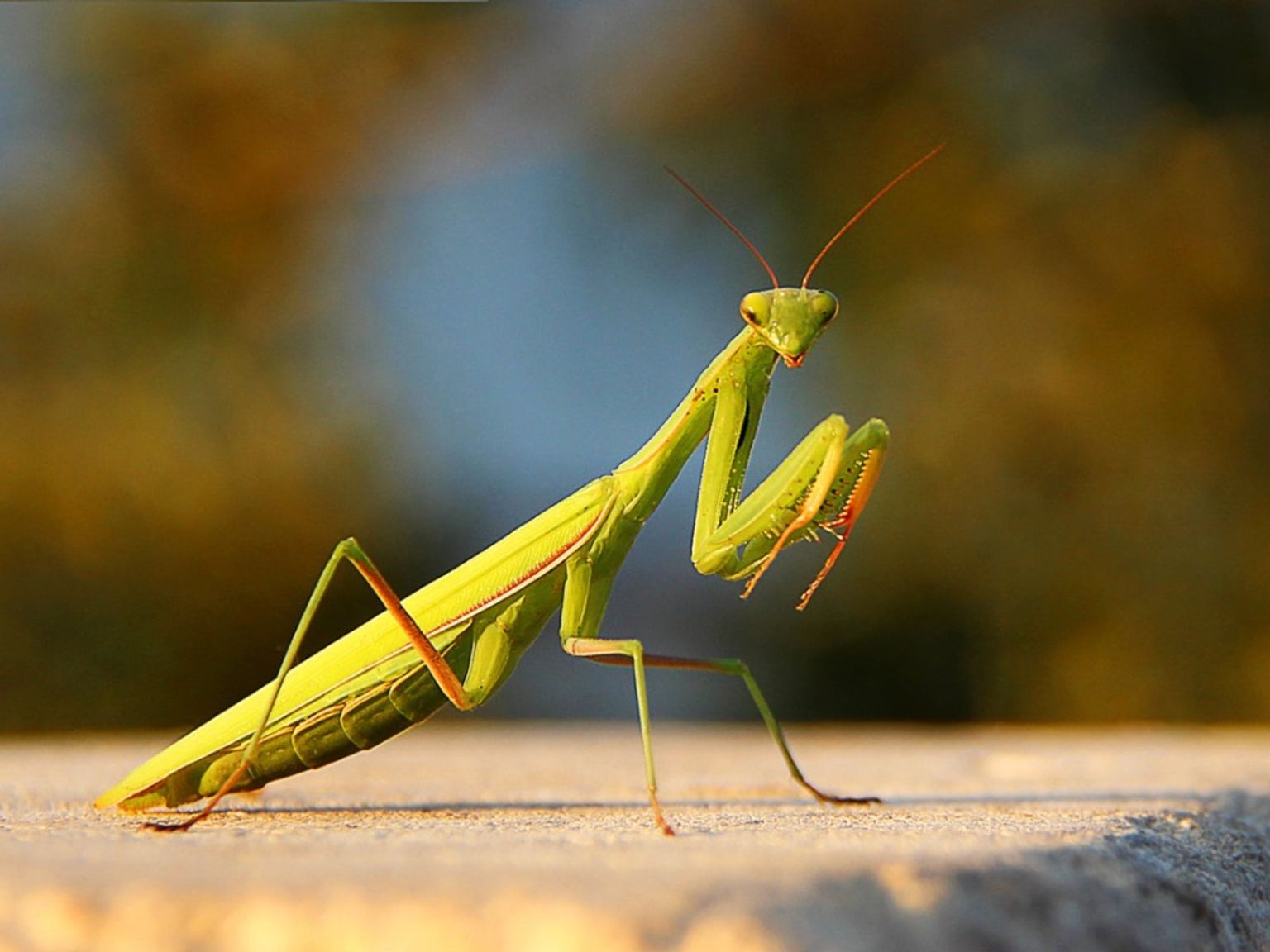
/GettyImages-522193594-5779b6f03df78cb62ca14568.jpg)
Mantids need a warm, (70 to 90 degrees F) spacious container with the humidity between 40 and 95%. From a single ootheca, several dozen to hundreds of nymphs can emerge. Keep in mind that mantid egg cases collected in the fall and kept indoors will hatch during the winter months whether you are prepared for them or not. This makes an excellent classroom activity. An egg mass (ootheca) of the Chinese mantis. Mantids are relatively easy to raise in captivity from an egg case ( ootheca) collected in the fall.įigure 4. These myths are interesting but there have been no findings to support the ancient claims. They believed that roasting the egg cases and feeding them to your children will stop bed wetting, but suggested not eating the egg cases on an empty stomach for it will surely make a person sick.

The Chinese write of the mantis as curing anything from impotence to goiter. The Greeks called them "Mantes", which means prophets. Praying mantids have an association with many diverse pharmacological and religious beliefs. The Kentucky mantids have only one generation per year. It takes an entire summer or growing season for mantids to mature to adulthood. Small mantids emerge from this case in the spring. This is how these insects survive the winter. The body of the male is capable of completing the mating, when complete the female will finish eating the male.Īfter mating, the female will lay groups of 12-400 eggs in a frothy liquid that turns to a hard protective shell. If the jump was successful, the pair mate and during copulation the female may turn and devour the male's head. Miscalculating the jump may mean the male becomes a meal. Chinese mantis is the largest species in Kentucky.ĭuring mating the smaller male often jumps on the back of the larger female. The European and Chinese species were introduced in the northeast about 75 years ago as garden predators in hopes of controlling the native insect pest populations.įigure 3. The large (3 to 5 inches long) Chinese mantid is green and light brown. The pale green European mantid is intermediate in size, about 3 inches in length.
#PREY MANTIS FULL#
The smaller, dusty brown Carolina mantid is only about 2 inches long when full grown, that is, when it has wings.įigure 1. There are three species of mantids in Kentucky, the European mantid ( Mantis religiosa), Carolina mantid ( Stagmomantis carolina), and Chinese Mantid ( Tenodera aridifolia sinensis). The spines fit into a groove on the lower parts of the leg when not in use. The impaled prey is held firmly in place while being eaten. Long sharp spines on the upper insides of these legs allow them to hold to on their prey. They use the front legs to strike out and capture their prey. When hunting mantids assume a "praying" position, folding the legs under their head.

The two front legs of the mantids are highly specialized. Camouflage coloration allows mantids to blend in with the background as they sit on twigs and stems waiting to ambush prey. They have a "neck" that allows the head to rotate 180 degrees while waiting for a meal to wander by. Mantids are very efficient and deadly predators that capture and eat a wide variety of insects and other small prey. Only some praying mantids belong to the genus Mantis. University of Kentucky College of AgricultureĪlthough many refer to a member of this group as a ‘praying mantis,' mantis refers to the genus Mantis.
#PREY MANTIS PDF#
ENTFACT-703: Praying Mantids | Download PDF by Gary Watkins, Student, and Ric Bessin, Extension Specialist


 0 kommentar(er)
0 kommentar(er)
